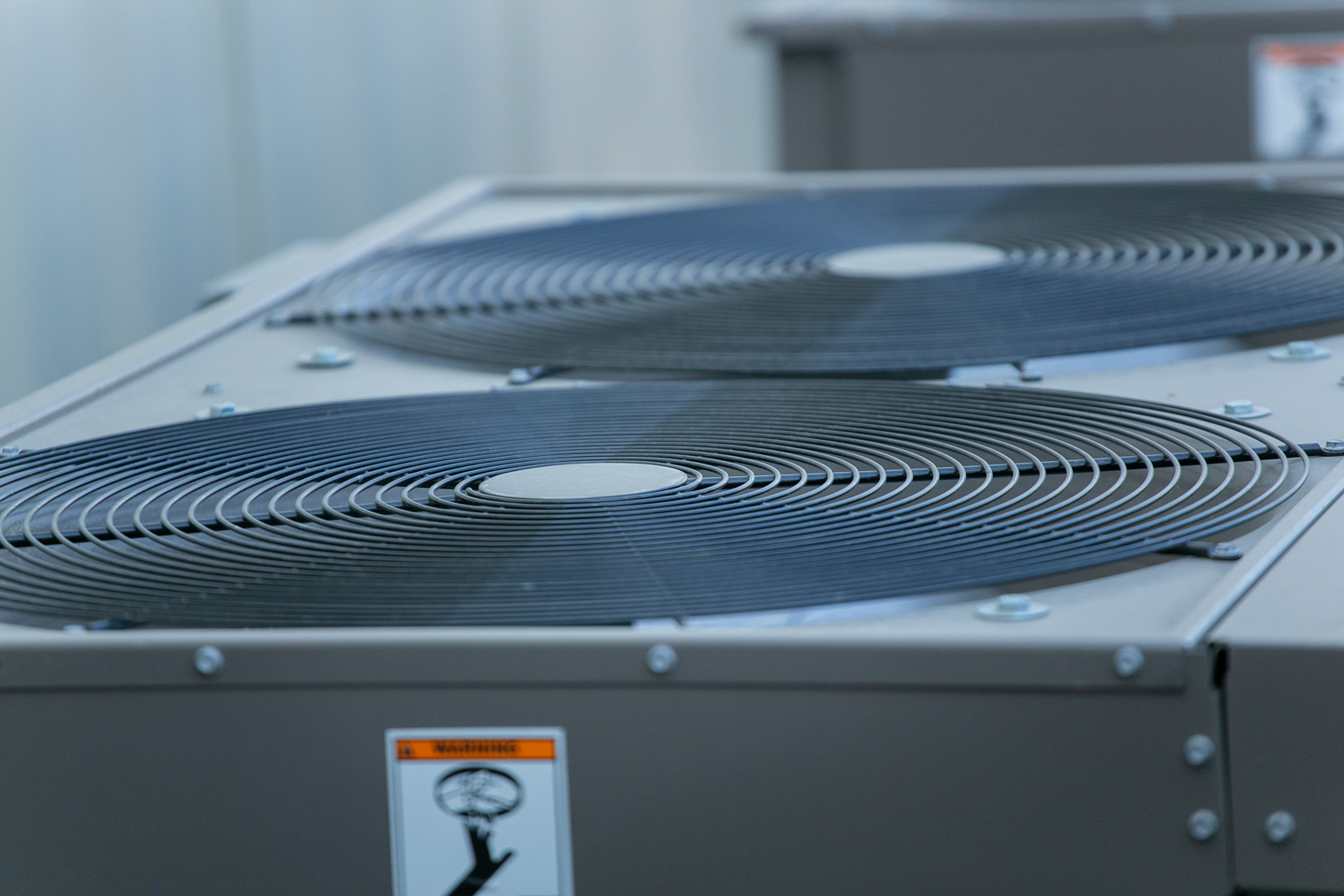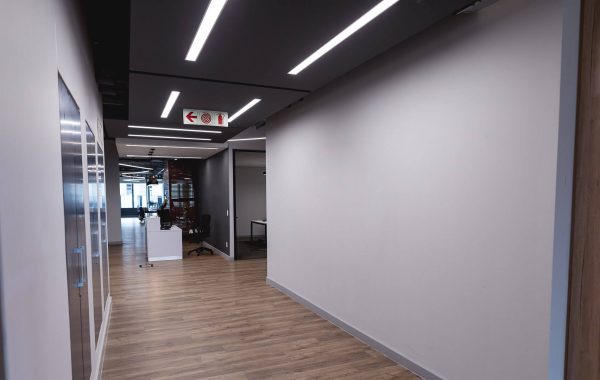
3 HVAC Technologies That Can Reduce The Spread Of COVID-19
With businesses preparing to safely reopen their doors for guests and employees, more and more business owners and managers are left wondering: Can HVAC technology help reduce the spread of COVID-19, and if so, what technology is the most effective?
Luckily, there is HVAC technology that can help reduce the transmission of COVID-19 indoors and limit the potential for exposure in the process. However, before we discuss those technologies, it’s important to remember that your HVAC system can only do so much. It is still critical to practice all COVID-19 reopening guidelines and measures recommended by the CDC, ASHRAE, and your HVAC partner.
Let’s take a look at some of the most effective ways you can reduce the spread of COVID-19 through your HVAC system.
Needlepoint Bipolar Ionization (NPBI)
We thought it best to kick things off with our go-to method of reducing COVID-19 spread in the workplace and public buildings. Known as Needlepoint Bipolar Ionization (or NPBI), this HVAC technology cleans and disinfects the air by sending electrically-charged ions into the air. Upon being released, these ions get to work — neutralizing odors, killing pathogens, and reducing unwanted particles in the air.
NPBI both attaches to and attacks any living particle in the air. The released ions can pull Hydrogen atoms out of cells, killing the microorganism in the process. At the same time, it increases the size of the particles, allowing your existing filter to effectively capture them.
NPBI can reduce the spread of COVID-19 by 99.4% in 30 minutes.
MERV 13 Air Filters
A MERV 13 air filter won’t be able to get the job done like NPBI can. But as far as HVAC technologies are concerned, this is often considered the next best thing against the COVID-19 fight.
That being said, it doesn’t put up much of a fight.
Most HVAC systems are not equipped to handle a MERV 13 air filter, and they are significantly more expensive to replace and maintain. With NPBI, you only have to worry about the one-time fee of purchase and installation, and it should have no negative impact on your pre-existing HVAC system.
To make matters worse, the COVID-19 virus is only 0.125 micron in size. MERV 13 filters capture roughly 50% of particles between the size of 0.3 micron and 1 micron. The only way your MERV 13 filter will capture the COVID-19 virus is if it’s attached to a larger particle.
In other words, it won’t get the job done well enough.
This is why we rely on NPBI technology. You need a technology that actively seeks out and destroys the COVID-19 virus. You can’t rely on a passive technology such as a MERV 13 air filter.
UV Lighting Kits
Generally speaking, UV light is an effective method of disabling and killing pathogens. However, there are certain parameters that must be met before this can happen. The UV light has to be at the right level for the right amount of time for any pathogen-killing to occur. This is often easier said than done since the bulb itself can lose efficacy over time (which means… it won’t be at the right level 100% of the time).
While routine maintenance is an option, it’s costly and certainly not a foolproof way of ensuring pathogens are being stopped. (Did we mention that NPBI requires no routine maintenance?)
To top things off, UV light has a tendency to degrade the interior of HVAC systems (everything from wiring to duct lining to filter media). This only adds up to more maintenance, more money, and more problems down the line.
Long story short, when it comes to airborne transmission of viruses like COVID-19, NPBI trumps UV lighting kits.
BMI Mechanical is here to help!
If you need help installing and maintaining a new HVAC technology to help reduce the spread of COVID-19 in your building, we can help.
We have decades of combined experience helping companies all over California improve indoor air quality and as a result, create a safer space for their guests and employees.
Give us a call today or fill out our online contact form to learn more.




